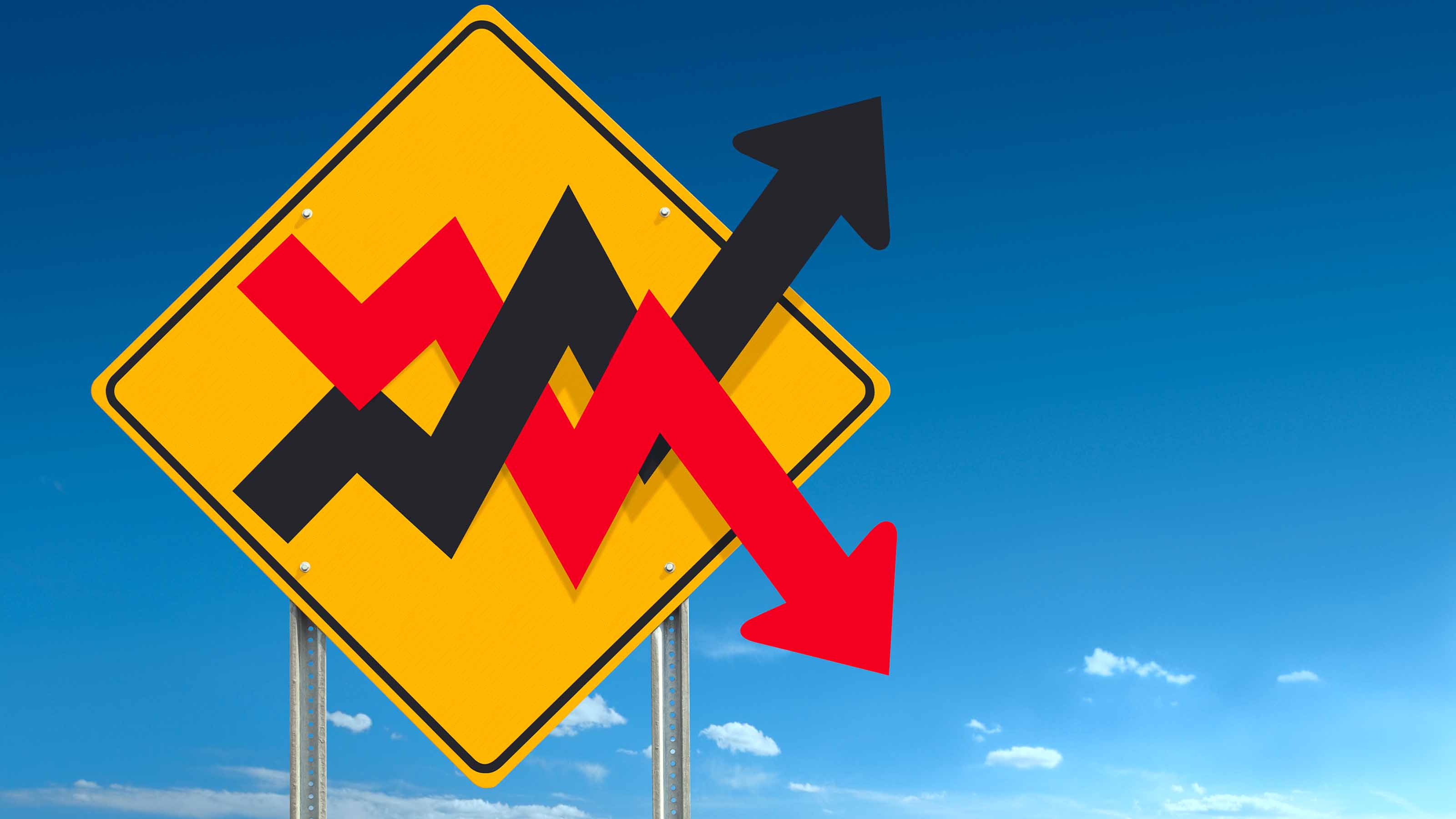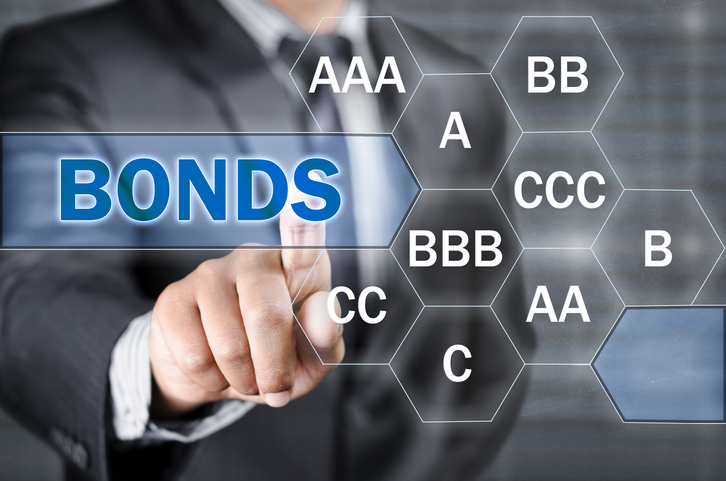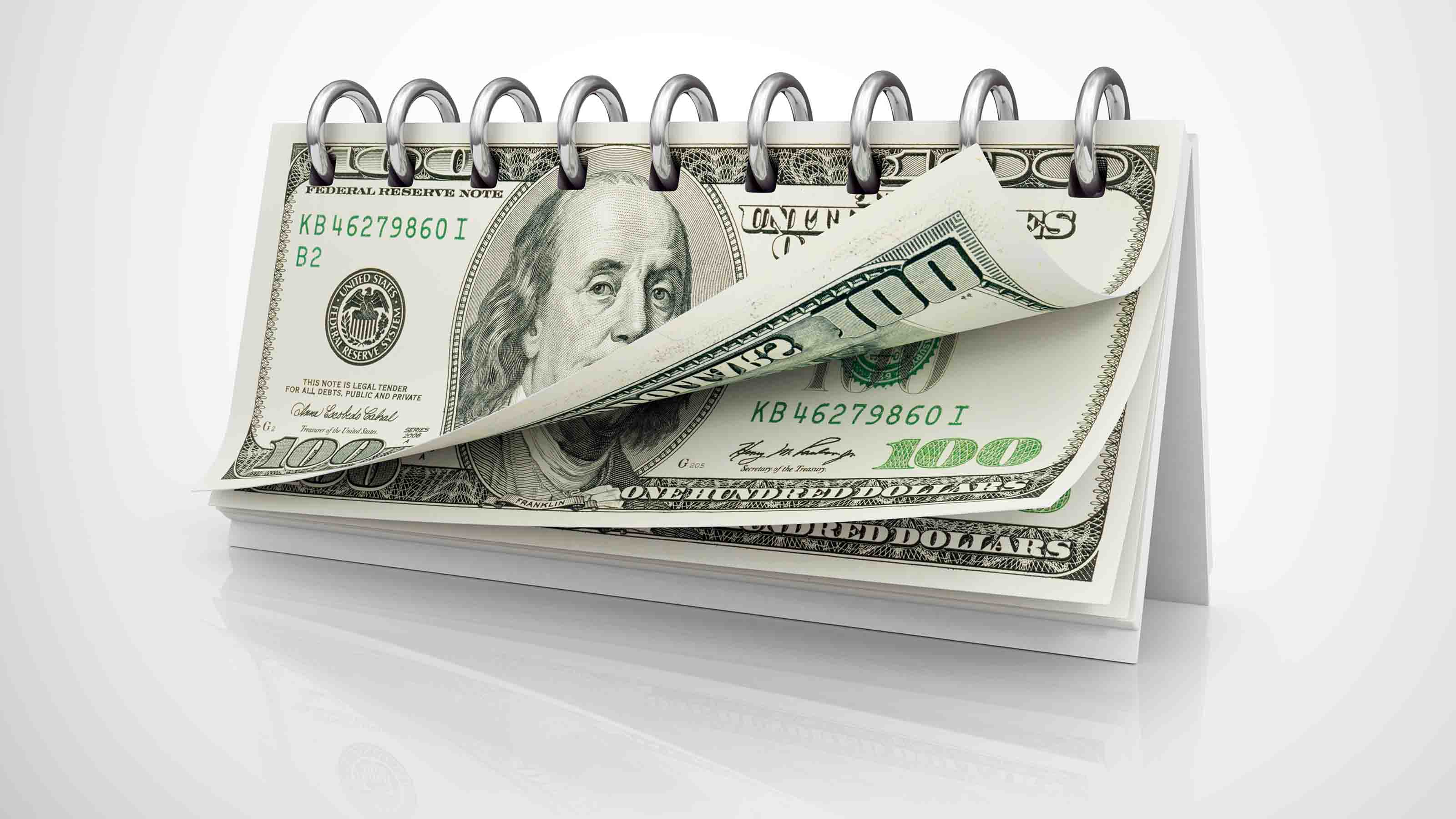ETFs for Income Investors
These exchange-traded funds offer low-cost ways to tap bonds and dividend-paying investments.

Exchange-traded funds charge low fees, offer instant liquidity and keep your tax bill down because they rarely distribute short-term capital gains. Income investors now have reason to cheer because of the proliferation of bond and dividend-oriented ETFs.
The count of bond ETFs nearly doubled last year, from 55 to 100, bringing competition to all the main fixed-income categories. Bond powerhouse Pimco entered the ETF business last June and now has a lineup of seven income ETFs. Vanguard, which is increasingly becoming Pimco’s arch rival (at least in the fixed-income arena), launched eight bond ETFs a few weeks later.
Sponsors are also forming more ETFs to pay dividends from real estate, energy and utilities. Last year saw the first exchange-traded portfolio of master limited partnerships, JPMorgan Alerian MLP Index (symbol AMJ). It mimics an index of 50 MLPs that pass on regular income from production, pipelines, tankers and oil and gas wells. (Names and historical data for the components of the index are available at www.alerian.com.) Natural gas has been a lousy investment of late, but if energy prices spiral up -- always a possibility -- so will the dividends. So far, AMJ has handed out a regular quarterly dividend of 44 cents a share, while its price has appreciated from $22.51 at its opening on June 2 to $29.15 today. The ETF’s current yield is 6.3% (all prices and yields are through the close on January 28).

Sign up for Kiplinger’s Free E-Newsletters
Profit and prosper with the best of expert advice on investing, taxes, retirement, personal finance and more - straight to your e-mail.
Profit and prosper with the best of expert advice - straight to your e-mail.
ETFs’ low expenses are especially helpful in the low-yield world of bonds. MarketVectors High-Yield Muni (HYD), which owns lower-quality, higher-yielding tax-exempt bonds, sports an annual expense ratio of 0.35%. The average open-end high-yield muni fund charges 1.12% a year -- and there are few no-load funds in that category.
Besides low expenses, a reliable income ETF should distribute dividends monthly and stick to the class of investments its name describes. It should also own at least 50 different bonds so that you are adequately diversified against a default or a series of downgrades.
But bond ETFs can’t do it all. If you’re interested in a flexible bond fund whose managers often change direction in search of high total returns, such open-end funds as Loomis-Sayles Bond (LSBRX), Fidelity Strategic Income (FSICX) and Pimco Unconstrained Bond (PUBDX) have no ETF counterparts.
And ETFs will have trouble keeping up with actively managed funds in strong years. For example, in 2009, the best-known ETF for investment-grade corporate bonds, iShares iBoxx $ Investment Grade Corporate (LQD), lagged most of its rivals because managers of actively run funds were able to take advantage of the wide array of opportunities in the high-grade corporate sector. Their successful bond picks more than made up for their higher expenses., however, has done just fine over the past three and five years (its annualized returns were 5.3% and 3.9%, respectively), and the ETF is a sound choice -- especially for investors who need monthly income. The fund currently yields 4.8%.
Notable newcomers
Six income ETFs stand out in the class of 2009. I generally prefer to refer to ETFs by their symbol rather than recall their lengthy official names:
AMJ, or JPMorgan Alerian MLP Index. As I described above, this ETF invests in 50 master limited partnerships that pass through income from storing, carrying or shipping oil and gas. With a yield of 6.3%, AMJ is one of the better income opportunities right now because junk bonds and emerging-markets debt have become expensive. The fund’s annual expense ratio is 0.85%.
ISHG, or iShares S&P/Citi 1-3 Year International Treasury Bond, owns short-term government bonds from Canada, Europe and Japan. It yields just 0.9%, but if you want to spread some cash around the euro zone and elsewhere to hedge against a falling U.S. dollar, it’s safe and convenient. Expenses are 0.35%.
IGOV, or iShares S&P/Citi International Treasury Bond, is the longer-maturity edition of ISHG. It yields 2.1% and offers both diversification and, in the future, a chance to buy the highest-quality foreign bonds when global interest rates are well above where they are now. . Fees total 0.35% a year. This is a good tool to keep in reserve.
ITR, or SPDR Barclays Capital Intermediate Term Credit Bond, buys investment-grade U.S. bonds with medium maturities. Expenses are just 0.15% and the fund yields 3.4%.
LWC, or SPDR Barclays Capital Long Term Credit Bond, is similar to ITR but with a much longer average maturity. That explains the high current yield of 5.9%. Expenses are 0.15%. However, you don’t want to be holding LWC when rates rise; it will take a big hit. (Bond prices move inversely with yields, and the longer the maturity the bigger the move.)
ZROZ, or Pimco 25+ Zero Coupon U.S. Treasury Fund (get the symbol?). With rates as low as they are, I wouldn’t fool with this one now. But some day, when rates are much higher than they are today, ZROZ will be a great tool for locking in those high rates or for betting on a nice capital gain when rates subsequently drop. The annual fee is 0.20%. I don’t mean to shrug off the other Pimco ETFs, but ZROZ is original and gutsy, whereas the others are just “me, too” funds.
Get Kiplinger Today newsletter — free
Profit and prosper with the best of Kiplinger's advice on investing, taxes, retirement, personal finance and much more. Delivered daily. Enter your email in the box and click Sign Me Up.

-
 Kentucky Tax Deadline Extension Might Cost You More Money: What to Know
Kentucky Tax Deadline Extension Might Cost You More Money: What to KnowState Taxes Kentucky flooding and storms caused the IRS and state to extend the 2025 tax filing deadline. But should you file later?
By Kate Schubel Published
-
 Seven Tasks Retirees Can Do With Online Banking or a Mobile Banking App
Seven Tasks Retirees Can Do With Online Banking or a Mobile Banking AppRetirees can do more than check their bank account balance online.
By Donna Fuscaldo Published
-
 Why Investors Needn't Worry About U.S. Credit Downgrade
Why Investors Needn't Worry About U.S. Credit DowngradeFitch Ratings The United States saw its credit rating downgraded for just the second time in history, but experts aren't worried about the long-term damage to stocks.
By Dan Burrows Published
-
 Income-Investing Picks for a Recession
Income-Investing Picks for a RecessionInvesting for Income Some consequences of an economic downturn work to the benefit of fixed-income investors. Here are three fund ideas that fit the bill.
By Jeffrey R. Kosnett Published
-
 Dogs of the Dow Are 2022's Best in Show
Dogs of the Dow Are 2022's Best in Showdividend stocks Some of the best investments for income investors in a volatile 2022 have come from the Dogs of the Dow.
By Jeffrey R. Kosnett Published
-
 Bond Values in a Volatile Market
Bond Values in a Volatile MarketInvesting for Income While the market's instability may not be over just yet, the latter half of the year should be less daunting – and possibly more rewarding – for investors.
By Jeffrey R. Kosnett Published
-
 Should You Buy Bonds Now? What To Consider
Should You Buy Bonds Now? What To Considerbonds The fixed-income market has been turned on its head in recent years, but there are still opportunities for those looking to buy bonds again.
By James K. Glassman Last updated
-
 Dividend Dates: A Beginner's Guide
Dividend Dates: A Beginner's Guidedividend stocks Everything you need to know about ex-dividend dates, dividend announcements and other parts of the dividend calendar.
By Charles Lewis Sizemore, CFA Published
-
 Income Investors Should Look Beyond the Ukraine Invasion
Income Investors Should Look Beyond the Ukraine Invasionstocks Unless you invested in a Russian-themed ETF or an emerging markets index fund, the destruction of Moscow's capital markets is a distraction for investors.
By Jeffrey R. Kosnett Published
-
 Consider Short-Term Bond Funds
Consider Short-Term Bond FundsInvesting for Income These funds own the kind of stuff that benefits from a healthy economy and can withstand the Fed's rate hikes.
By Jeffrey R. Kosnett Published